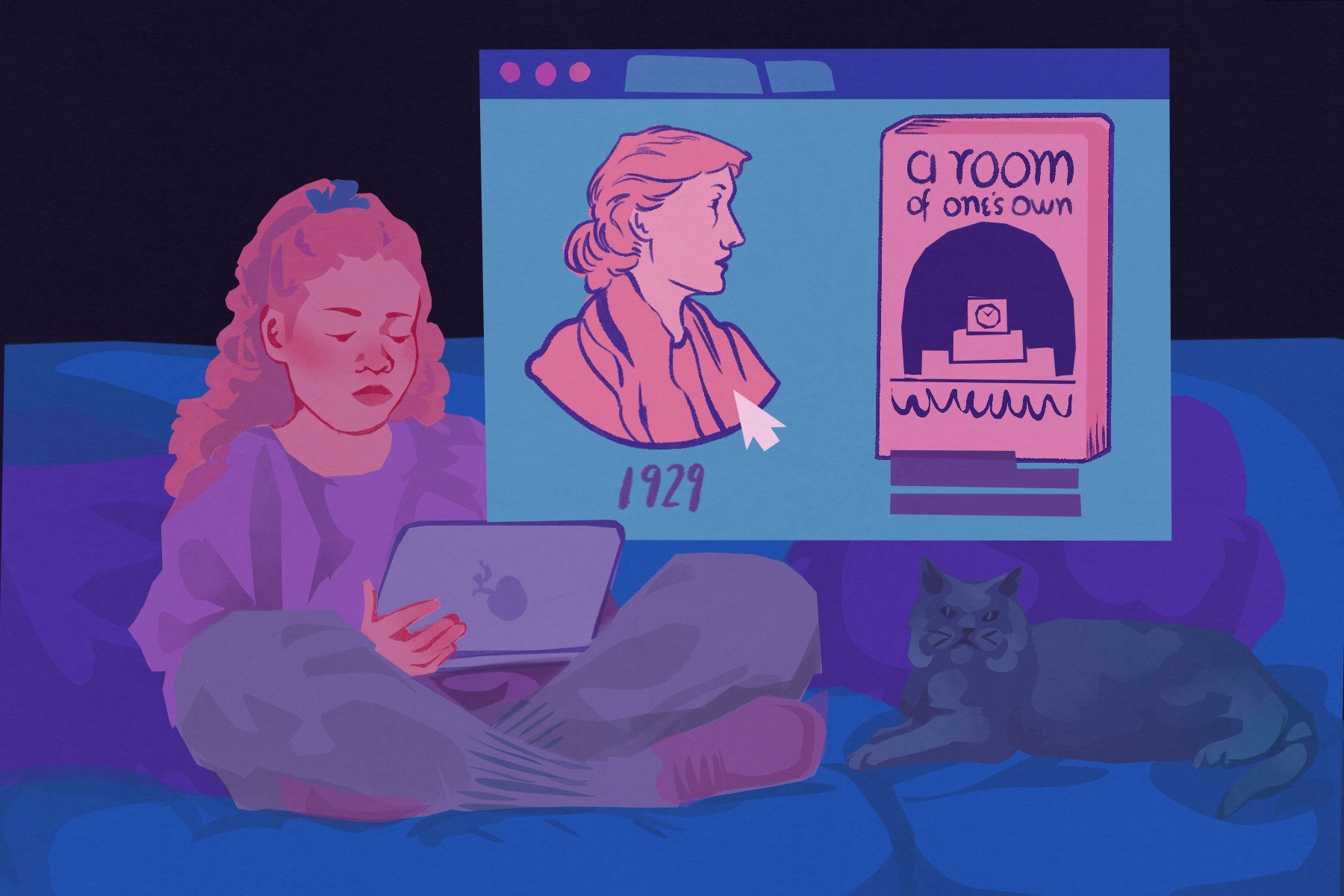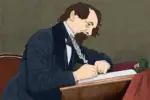“I would venture to guess that Anon, who wrote so many poems without signing them, was often a woman.” –Virginia Woolf, “A Room of One’s Own”
In 1929, nearly a hundred years ago, Virginia Woolf’s “A Room of One’s Own” was published. The book sprouted from the seeds of two different lectures she had given just a year before, each at an all-female college of Cambridge. In her book, Woolf posits that to create fiction, a woman needs two things: financial independence, and a room of one’s own. This thesis can extend to any modern-day creative who dedicates their time to making visionary work. Despite writing a century ago, Woolf makes manifold stellar points that neither time nor consideration have prevented from remaining relevant today.
When Woolf gave the lectures that inspired her work, she sought to convey the message that sexism within the creative arts was still as pervasive as ever. Woolf described the situations that allowed men to historically have both the time and space to create: namely money and a room to work in. It was not unusual for inheritances to be passed to the males of a family, and it was also quite normal for men to have unquestioned access to a study. Meanwhile, women who wished to write had to do so hunched over the tables of common rooms, interrupted by the womanly duties assigned to them. Children, chores and labor all interrupted a woman from simply sitting down and putting pen to paper. Even if she did find time to write the beginnings of a manuscript, a woman would have to hide her work out of fear of ridicule. To Woolf, sexism was no less of an issue compared to the past, despite how many people pretended otherwise.
While Woolf’s “A Room of One’s Own” specifically focuses on the struggles women faced in creating works of literature throughout history, it’s possible to extend her thesis into modern times to apply to more than just women. Something important to understand about the time in which Virginia Woolf made these points is that romanticism and creativity were actively encouraged by society, not shunned. However, it was intended that creativity be left to the men of society, shrouding women from participating in developing fine literature at an equivalent rate. This is a point Woolf mentions multiple times throughout her book — creativity wasn’t discouraged, just held above the heads of women.
The issues confronted by Woolf in her work extend to far more groups than just women. In modern times, women, queer people, artists of color and many other groups are still prevented from engaging in art. No matter the artistic medium, practically anyone who doesn’t benefit from excessive amounts of privilege is unable to successfully make a living off their art. Woolf hoped her work would point out the hypocrisy within the writing industry, which left women behind while men were given every necessary resource to create. Arguably, modern society continues to isolate the ability to create from even more groups of people than the one Woolf noticed. This raises the question of whether it is an entirely new concern — would not artists of color, queer artists and various other marginalized communities also have been prevented from creating in the early 1900s? It’s entirely likely. One can consider whether Woolf’s lack of analysis regarding other marginalized groups was an inherent fault in her thesis or an attempt to focus strictly on her group. This oversight highlights a certain aspect of Woolf’s own privilege.
Regardless, it remains true that creatives face an unjust level of pushback from the privileged hierachs who dictate the artistic market and industry. Let’s consider Woolf’s point once again: to create, one must be financially stable and have space. This holds true today for any creative, no matter the medium they work with or the marginalization they face. Woolf’s work provides the solution to eliminate this problem.
Virginia Woolf emphasized the importance of financial stability. In Woolf’s time, women either relied on men to support them or worked low-wage jobs. Now, most people fully rely on themselves, which forces them into jobs that heavily restrict their time. The first way to resolve the inability of creators to follow their aspirations is to understand the monetary value of art, both from a skill and time perspective. Prioritizing paying artists fairly is necessary to allow people to create freely. Learning the value of having personal space for creative work is also essential. Many people with limited resources don’t have access to materials, a studio or even a desk with which to focus their creative energies. Making public art spaces more accessible is a valuable way to maximize the ability of artists to create. While shared spaces like makerspaces and communal art rooms aren’t private, they are dedicated solely to the act of creation, which is an essential luxury many aspiring artists don’t have.
Just because a societal criticism is old doesn’t mean it’s no longer relevant. Woolf’s nearly 100-year-old work serves to highlight society’s failure to allow artists to do what they do best. What Woolf sought to resolve is now more pervasive than ever. Society must work toward better valuing art, time, creators and space in order to allow art to flourish as it should.


















Grazie Shawna!